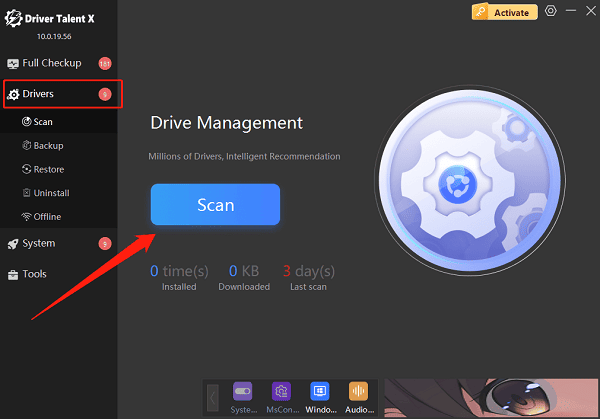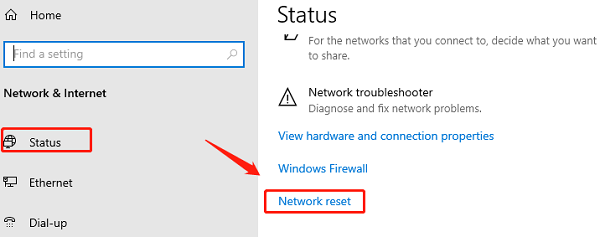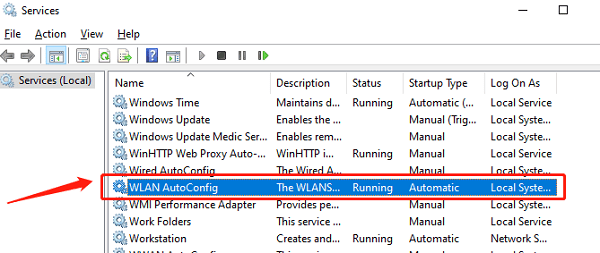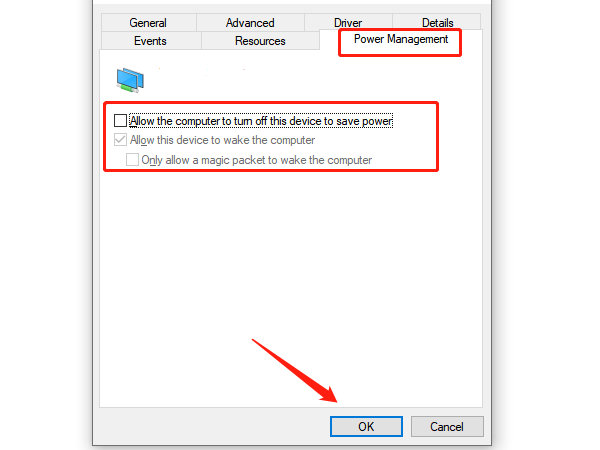While using the internet, many users may encounter issues where the wireless network adapter stops working or fails altogether. This often results in the inability to connect to Wi-Fi, affecting daily internet access and work productivity.
This article provides a detailed analysis of the common causes of wireless adapter failures and offers multiple practical solutions to help you quickly restore wireless connectivity.
1. Symptoms of a Wireless Network Adapter Not Working
The adapter appears as "disabled" or shows a yellow exclamation mark in Device Manager
No wireless networks are found
Errors like "Unable to connect" or "Limited connection" when attempting to join a Wi-Fi network
Network icon shows no connection or airplane mode can't be turned off
Wireless toggle cannot be enabled
2. Common Causes of Wireless Adapter Issues
Outdated or corrupt drivers:
Incompatible or damaged drivers are one of the most common causes of wireless adapter malfunction.
Wireless switch turned off or airplane mode enabled:
Some laptops have a physical wireless switch or hotkey combination that might be accidentally toggled off.
System or network configuration errors:
IP conflicts, DHCP failures, or disabled network services can lead to connection issues.
Hardware failure:
Damaged network cards, loose connectors, or antenna problems.
Interference from third-party security software or system updates:
Antivirus or firewall programs might block wireless services, or system updates may cause driver incompatibility.
3. Solutions for Fixing Wireless Network Adapter Not Working
Solution 1: Update the Network Adapter Driver
Driver issues are a leading cause of network problems. It's recommend to use Driver Talent X, which can automatically detect, download, and install the best-matching drivers for your system.
Click the Download button to get the latest version of Driver Talent X.
Install and launch the software. Go to the "Drivers" tab and click "Scan".

After the scan, find your network adapter and click "Upgrade".
Restart your computer to apply the updated driver.
Solution 2: Enable Wireless Functionality
Make sure the physical wireless switch is turned on.
Use hotkeys (e.g., Fn + F2) to enable wireless functionality.
Disable airplane mode: Click the network icon in the taskbar and ensure airplane mode is turned off.
Solution 3: Reset Network Settings
Open Settings (Win + I), click "Network & Internet".
Click "Status" and scroll down to find "Network Reset".

Click "Reset now" and confirm.
Wait for the system to reboot, then reconfigure your Wi-Fi.
Solution 4: Check Network Service Status
Press Win + R, type "services.msc", and press Enter.
Make sure the following services are Running and Startup Type is set to Automatic:
DHCP Client
Network Connections
WLAN AutoConfig (for wireless)

If not running, right-click, select "Start", and set to Automatic in properties.
Solution 5: Temporarily Disable Security Software
Turn off antivirus and firewall temporarily to rule out software conflicts.
If the network works after disabling them, adjust their settings or consider switching software.
Solution 6: Disable Power Saving for Adapter
Open Device Manager, locate your network adapter.
Right-click, select "Properties", go to "Power Management" tab.
Uncheck "Allow the computer to turn off this device to save power", click "Apply" and "OK".

This is especially helpful for laptops to avoid disconnections during sleep or battery mode.
Solution 7: Check for Hardware Problems
Ensure the wireless card is firmly connected to the motherboard.
Try connecting to a different Wi-Fi network to test functionality.
For USB adapters, try switching USB ports.
If necessary, contact professional repair services for hardware diagnostics.
4. FAQ – Common Questions About Wireless Adapter Issues
Q1: My adapter shows 'This device cannot start (Code 10)'. What should I do?
A: Try updating the driver or uninstalling and reinstalling it via Device Manager.
Q2: The wireless button on my laptop won't turn on.
A: Check hotkey usage, ensure the physical switch isn't broken, and contact repair services if needed.
Q3: My wireless stopped working after a Windows update.
A: Try rolling back the driver or using a system restore point to revert to the previous state.
Although wireless adapter issues can be frustrating, they are often easy to fix with driver updates, settings checks, and hardware troubleshooting.
Keeping your system and drivers up to date and avoiding accidental wireless shutdowns are key to stable internet connectivity. If the problem persists, consider seeking help from a professional technician.
